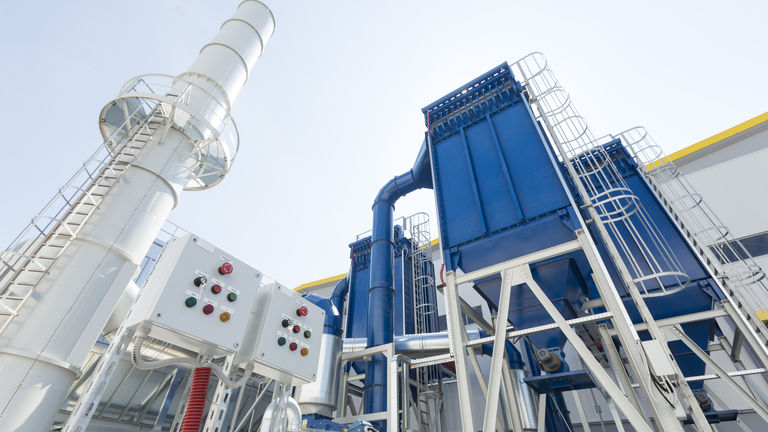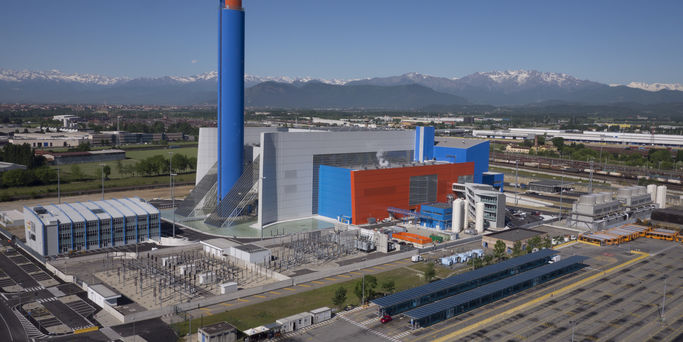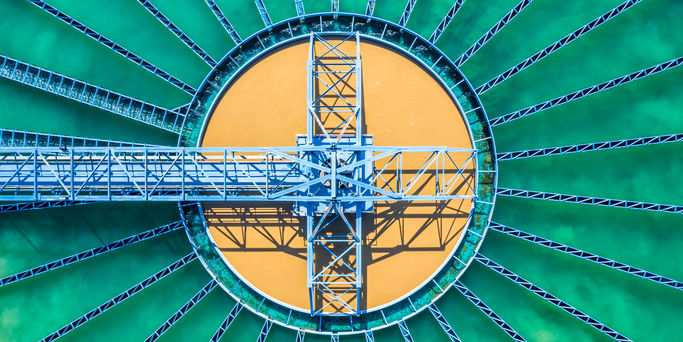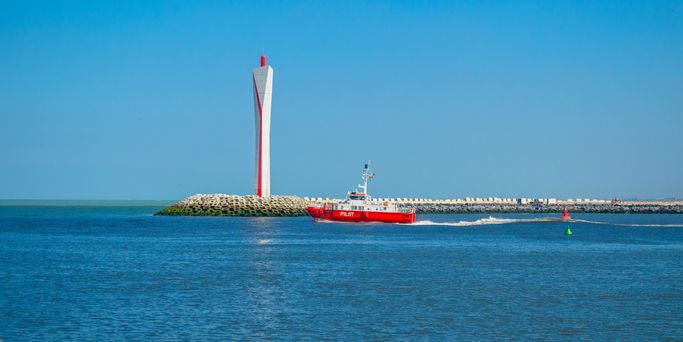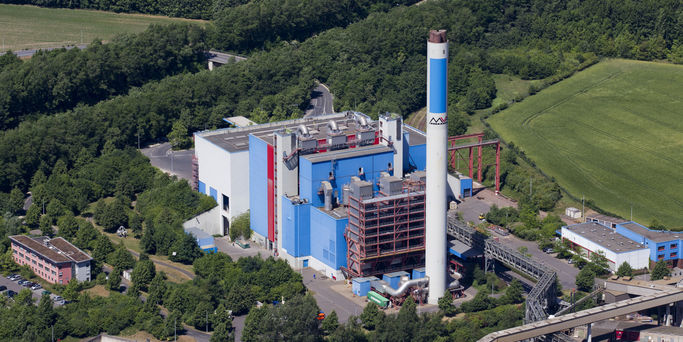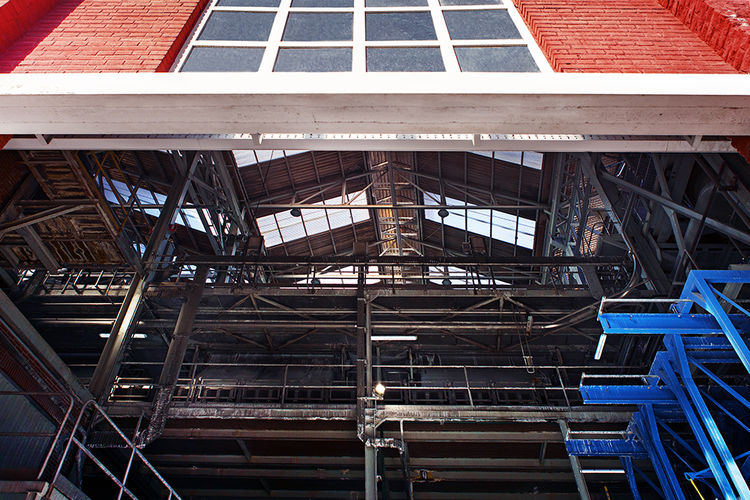Context: Sustainability and emission control, key issues for Waste to energy
Energy from waste (EfW), a source of green energy
The production of energy from incinerating waste (also known as “Energy from Waste”, or EfW) allows the significant reduction of the weight and volume of waste, while reducing greenhouse gas emissions and saving natural resources by limiting the use of fossil fuels.
Strictly controlled emissions
That being said, waste incineration generates the emission of significant amounts of pollutants. Emissions by EfW facilities, especially considering they are often located in urban environments, are strictly controlled and must comply with the most stringent limit values.
Energy from waste: the most stringent regulations around
Gases, heavy metals and organic pollutants
The raw flue gases from EfW plants contain pollutants such as HCl, SOx, NOx, heavy metals and organic micro-pollutants. The Emission Limit Values (ELV) imposed by local legislations on incineration are the most stringent of all industrial sectors.
For example in Europe, Energy from waste facilities must comply with European Directive 2010/75/EU, which aims to reduce harmful industrial emissions across the EU, in particular through the application of Best Available Techniques (BAT).
How does SOLVAir® manage flue gas treatment from waste incineration ?
Total control of emissions with SOLVAir®
The SOLVAir® sodium bicarbonate process enables Waste to Energy operators to easily control emissions of acid pollutants in order to reach emission levels that can be even lower than ELVs. And all this while requiring minimal investment in terms of equipment and significantly reduced quantities of reagent product.
A dry process with limited quantities of sorbent
The SOLVAir® bicarbonate process consists in the injection of dry sodium-based sorbent into the incineration flue gases to be cleaned. This not only enables to easily reach targeted emissions limits, but also minimizes the quantity of reagents needed, which in turn enhances energy recovery and limits the amount of residue produced, reducing related logistics costs in the process.
Gases turned into salts
The sodium-based sorbent reacts directly with the acids present in the flue gases such as HCl, SOx and HF, transforming them into solid salts, which are collected using a filter. Furthermore, a specific sorbent can be injected together with the sorbent in order to better control the emissions of organic micropollutants and heavy metals generated by waste incineration.
Particularly effective for sludge incineration
Our solution is very efficient for sludge incineration in wastewater treatment facilities, a particular segment of the waste to energy industry. This is due to the excellent efficiency of bicarbonate towards high concentrations of SOx, its optimal application with flue gas treatment temperatures around 200°C, typical of sludge incineration plants, and the possibility to easily optimize energy recovery.
Key figures: SOLVAir® and energy from waste
- Waste to energy installations reduce the volume of waste by over 90%, and their weight by 70%.
- The weight of the residuals is on average 30% lower than the weight of the sodium-based sorbent injected.
- Impact on costs : reduction up to 50% (OPEX)
Why Choose SOLVAir® rather than another solution?
Nearly instant reactivity
There are many different types of pollutants in our waste that can cause sudden peaks in emissions, making flue gas treatment all the more complex. The advantage of SOLVAir®’s bicarbonate-based solution is that it reacts with the pollutants contained in the flue gases extremely quickly.
In the event of a peak, Energy from Waste operators just need to inject higher quantities of sorbent into the raw gas, and in less than one second, the reaction captures the pollutants. With competitors’ solutions, the product must be injected in advance, generating a higher consumption of sorbent as well as higher quantities of residue to process.
Good reactivity regardless of temperature and moisture
Sodium bicarbonate offers the advantage of high reactivity within a large range of moisture contents and temperatures. Thanks to these properties, our bicarbonate process avoids both the injection of water for cooling and the reheating of the flue gases upstream of a DeNOx catalytic device (SCR). It works in all contexts!
A discreet solution for better acceptance
Waste to Energy facilities are often located in urban areas, therefore operators tend to look for flue gas treatment solutions that are as discreet as possible. SOLVAir®’s solutions don’t require much physical space, and what’s more, they enable reduction of the visible plume. Because of this, SOLVAir® solutions contribute to the overall social acceptance of waste to energy plants.
Saved energy is available energy
Additionally, thanks to the saved energy which is no longer required for flue gas reheating, combined with the optimization of heat recovery, the marketable energy output is higher in comparison to other processes. The recovered energy can also be used to produce electricity and/or steam for district heating or in industrial sites. In both cases, SOLVAir®’s solution can significantly contribute to increasing Energy from Waste facilities’ long term economical sustainability.
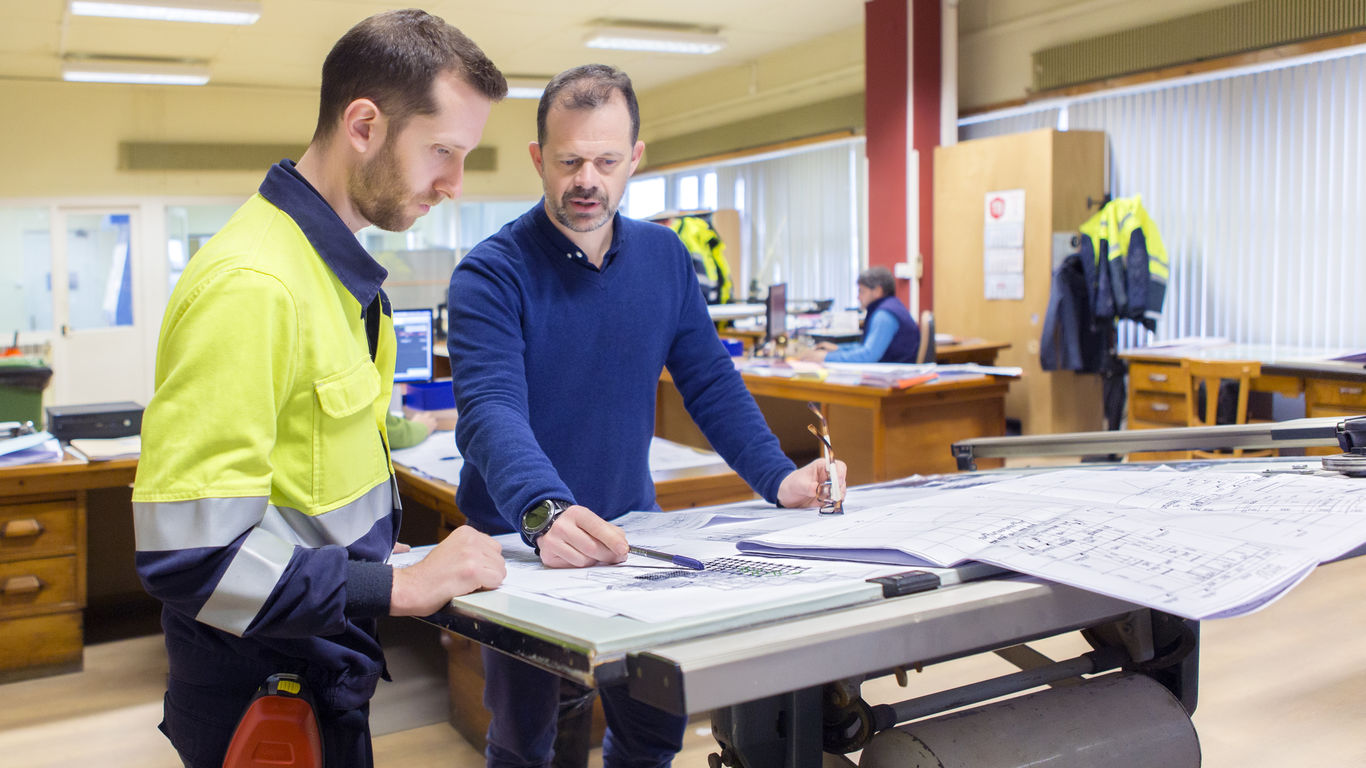
Case studies
See our case studies to get some data!
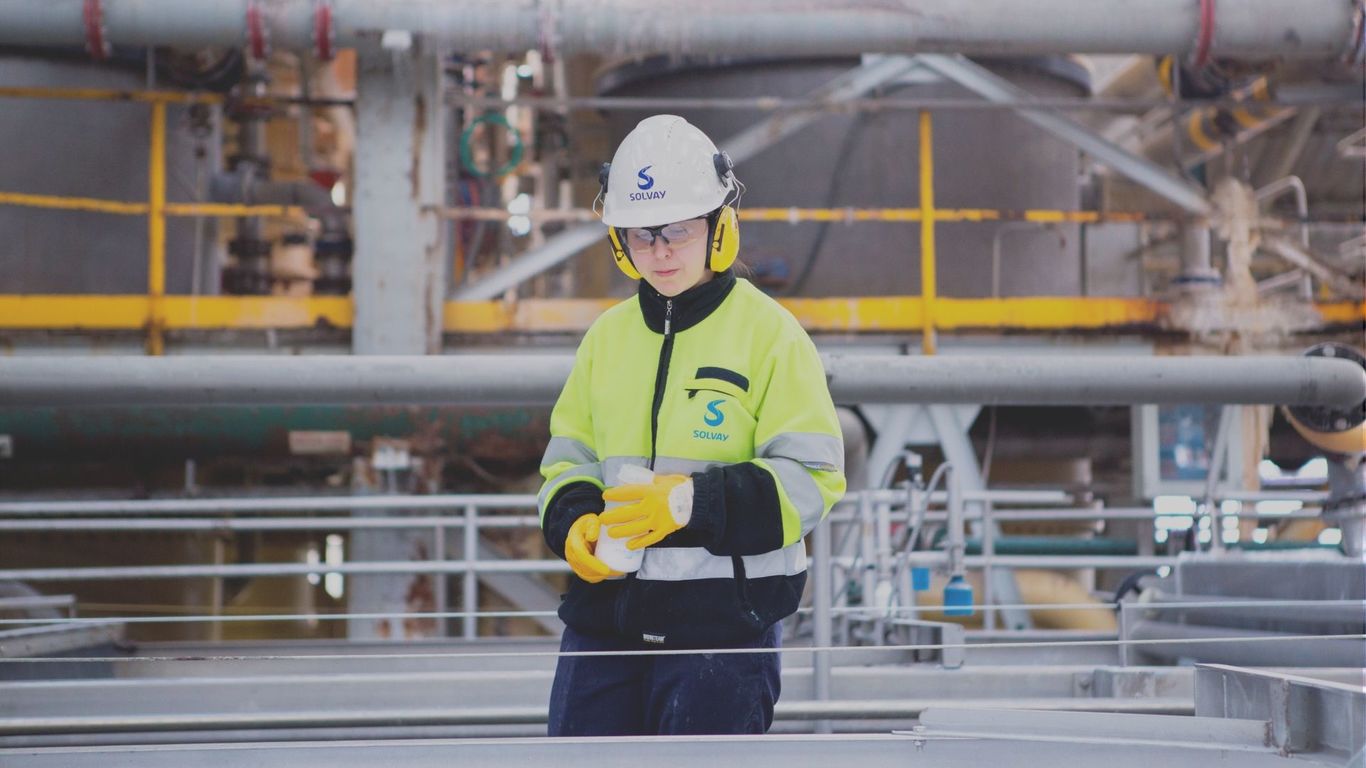
Contact
A question? Contact our team!
